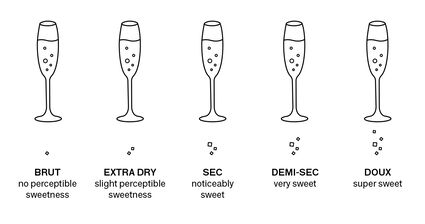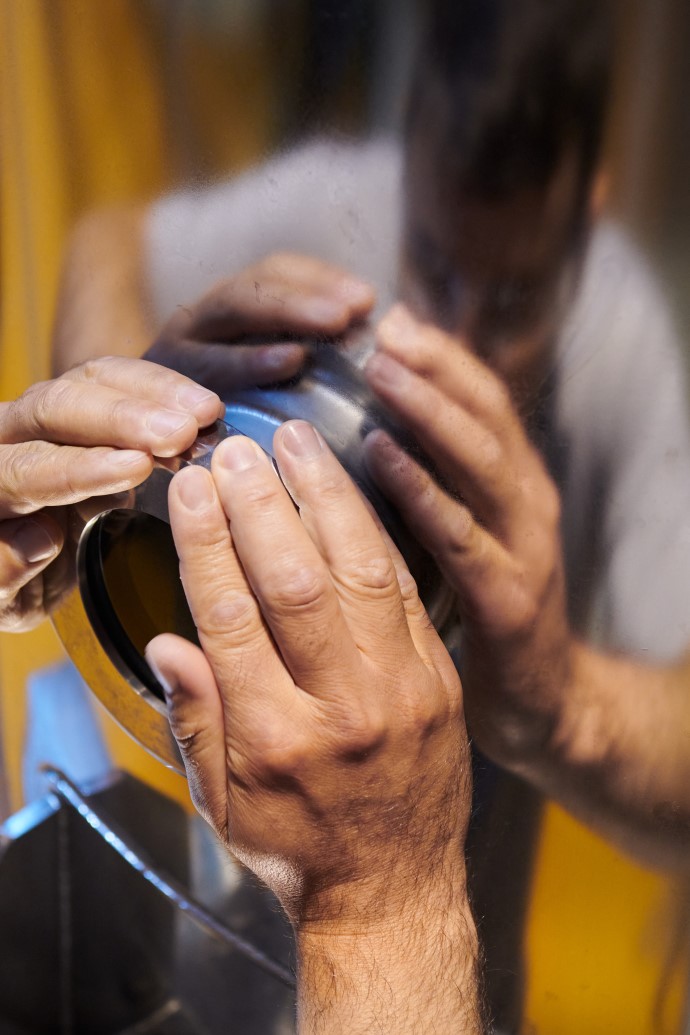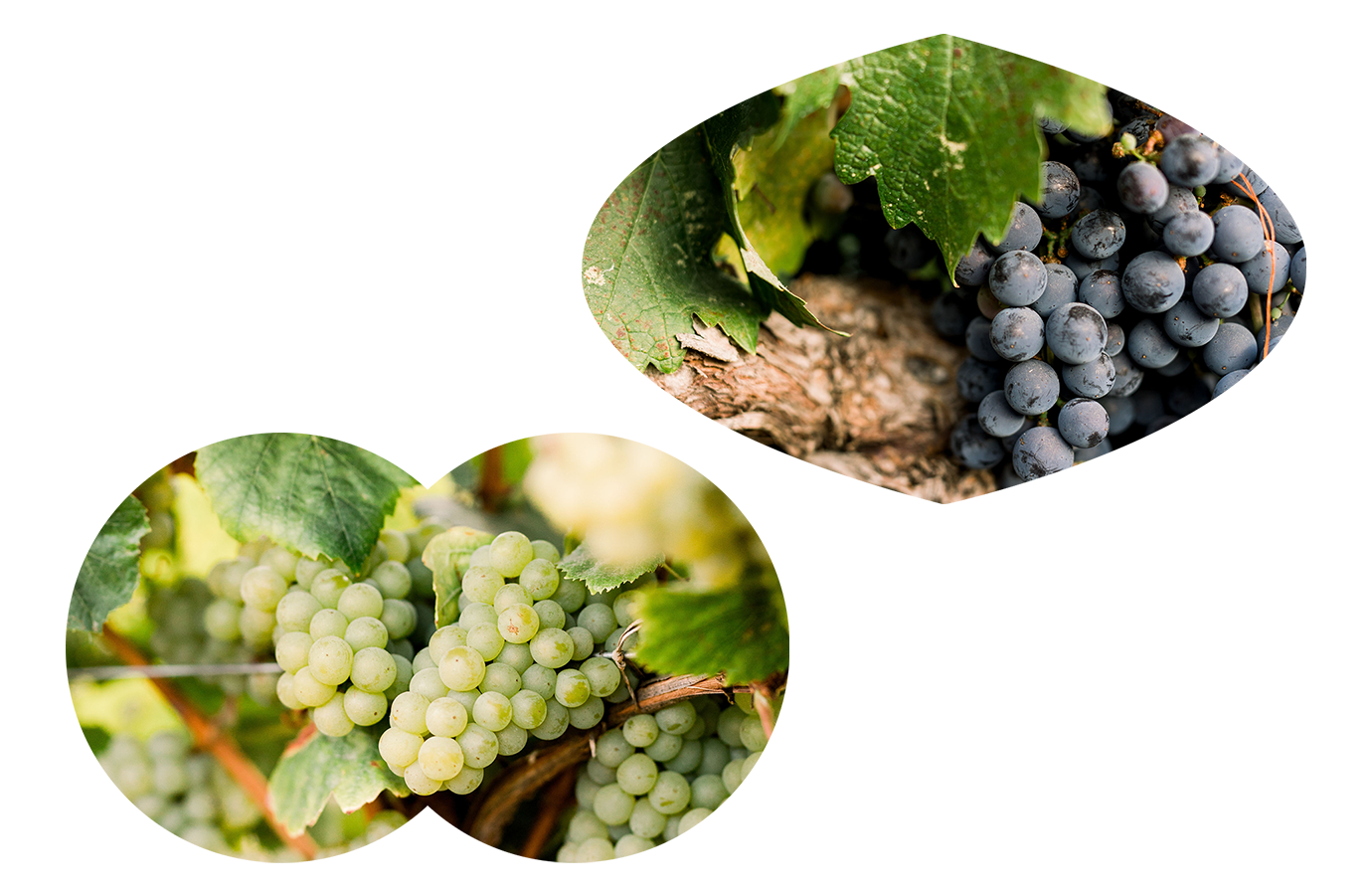Sparkling wine comes in many styles, made using different methods and grape varieties—it’s a vibrant and diverse world that can feel a little overwhelming at first. At CHANDON, we believe everyone deserves a seat at the table, whether you're just getting started or already a seasoned connoisseur. And with our sparkling wine glossary, you’ll be on the fast track to becoming an expert in no time.
At CHANDON, we create wines to be enjoyed by everyone — from experienced connoisseurs to those who may just be beginning their journey in exploring the world of sparkling wines. Learning some simple definitions can help make the world of sparkling wine feel more open — and maybe help you discover new favorites along the way.
Here are some terms to know:
SPARKLING WINE SWEETNESS LEVELS

SPARKLING WINE
A wine with natural bubbles, created by dissolved carbon dioxide from a secondary fermentation. This process occurs either in the bottle (Traditional Method) or in a tank (Charmat Method). Made from white or red grapes, sparkling wines vary in sweetness and are produced worldwide using different techniques.
BLANC DE BLANCS
Sparkling wine made exclusively from white grapes, usually Chardonnay.
BLANC DE NOIRS
Sparkling wine made from dark-skinned grapes like Pinot Noir or Pinot Meunier, but typically white or pale in color.
ROSÉ
A sparkling wine that gets its slight pink tint from the wine coming in contact with red grape skins.
RESERVE WINE
A wine that has been aged for an extended period of time. In sparkling winemaking, reserve wines can also be added to future bottlings to help add complexity and maintain consistancy year over year.
TÊTE DE CUVÉE (tet-de-KEW-vay)
Loosely translated as “top blend,” refers to the very top range of a sparkling house’s wines.
STILL WINE
A wine with no bubbles.
VINTAGE
The year in which grapes in wine are harvested. It refers to sparkling wines with cuvées containing wines from a single harvest.
NON-VINTAGE
Very common in sparkling wine, these wines are a blend of the current harvest and the addition of reserve wines from past years. the result is a wine that is consistant year over year.





